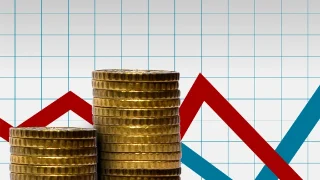
The fiscal response to the Covid-19 crisis ensures that the federal and state governments will experience large budget deficits and escalating public debt for the foreseeable future. Federal government debt could for instance conceivably double to over $1 trillion within a few years in the absence of substantial budget repair. Many economic questions arise about Australia’s policy response to the virus.
Specifically, have the economic benefits of the government-mandated lockdown outweighed its total costs? Related critical macroeconomic questions are: Was the fiscal injection for the economic side-effects of the lockdown an overdose? How serious will the associated hike in Australia’s public debt be, and what risks does it pose? And what budgetary and structural reform policies are needed to address the deficits and debt while assisting economic recovery?
This paper aims to address these questions, focusing mainly on the fiscal elements of Australia’s CV response and its economy-wide side-effects. After briefly evaluating the budget response, the paper considers the resurgence of crude Keynesianism before highlighting risks of the fiscal legacy. It then focuses on budget and other reform measures, stressing the need to reduce government spending and the size of government in Australia to ensure fiscal sustainability and stronger economic growth.










